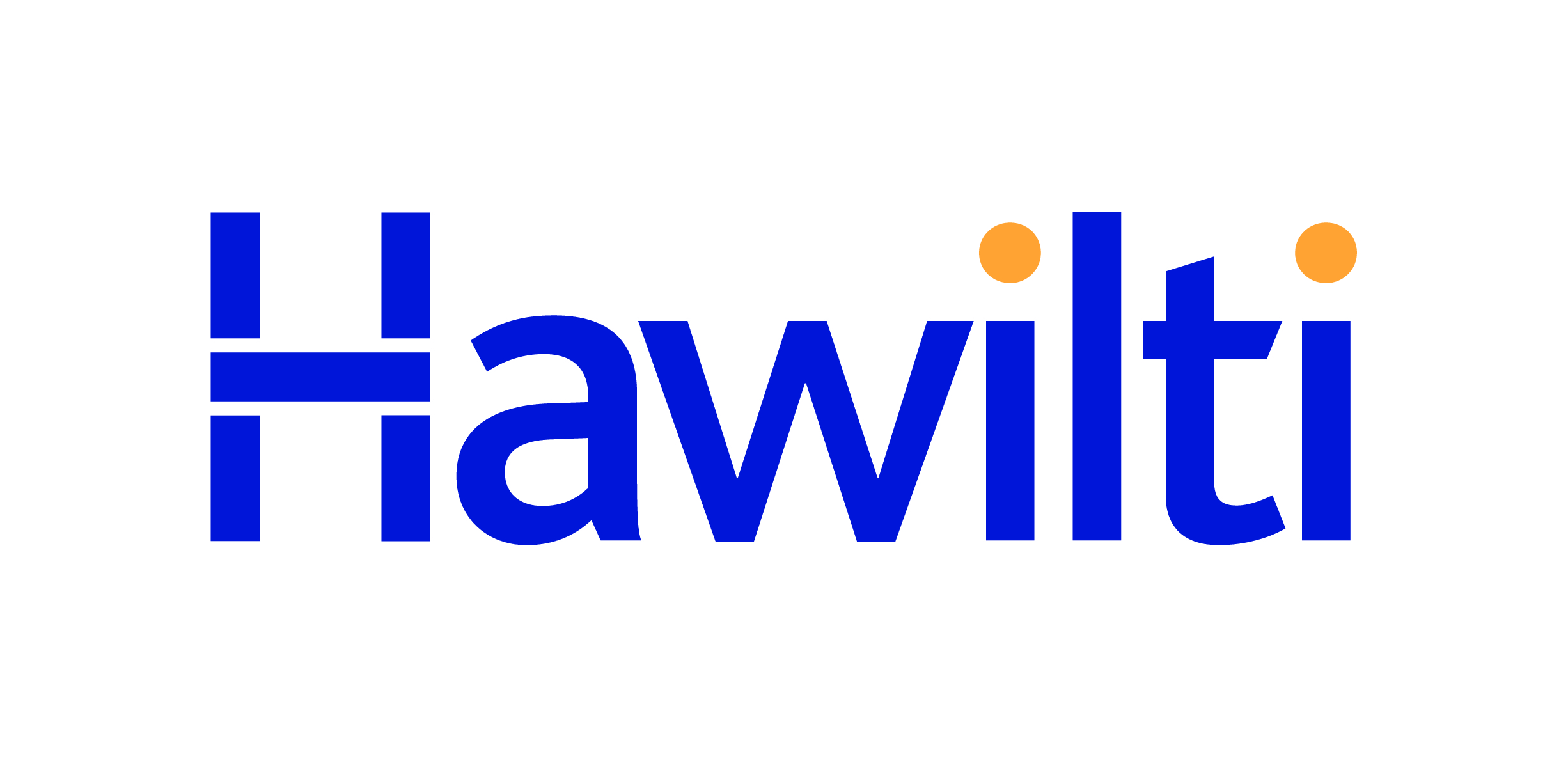Energy
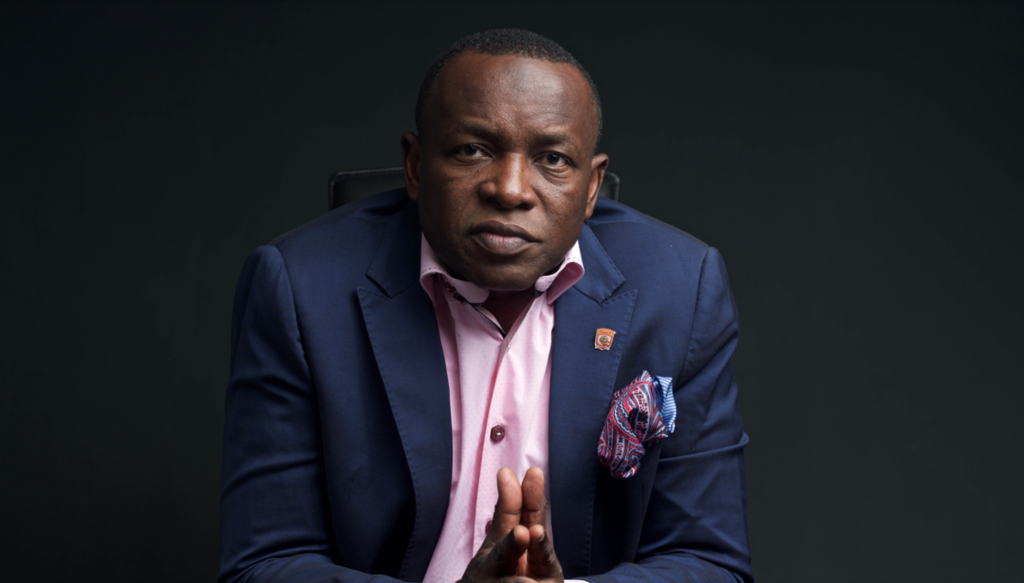
Nigeria’s Sahara Group commits $1bn to LPG vessels and infrastructure in Africa
Nigerian energy infrastructure conglomerate, Sahara Group, has announced an investment of $1bn into Africa’s liquefied petroleum gas (LPG) value chain during the African Refiners and Distribution Association (ARDA) conference 2021 in South Africa this week. “Sahara, through its subsidiary, WAGL Energy Limited is already working towards investing $1 billion to ramp up its LPG fleet […]
Read more »
Saipem selects Fugro’s InclinoCam® vision technology for GTA FLNG project offshore Senegal and Mauritania
Fugro has been awarded a monitoring contract by Saipem that will see it deploying its InclinoCam® vision technology for the Greater Tortue-Ahmeyim gas project offshore Senegal and Mauritania. The project involves the development of 15 trillion cubic feet (Tcf) of gas discovered on the maritime border between Senegal and Mauritania via a 2.45 million tonnes […]
Read more »
BW Energy, VAALCO Energy and Panoro Energy secure two exploration blocks offshore Gabon
BW Energy has been provisionally awarded two offshore exploration blocks in Gabon as part of the country’s 12th Offshore Licensing Round. The company will be operator of blocks G12-13 and H12-13 with a 37.5% interest along with VAALCO Energy (37.5%) and Panoro Energy (25%). “The PSCs will have an exploration period totaling eight years which […]
Read more »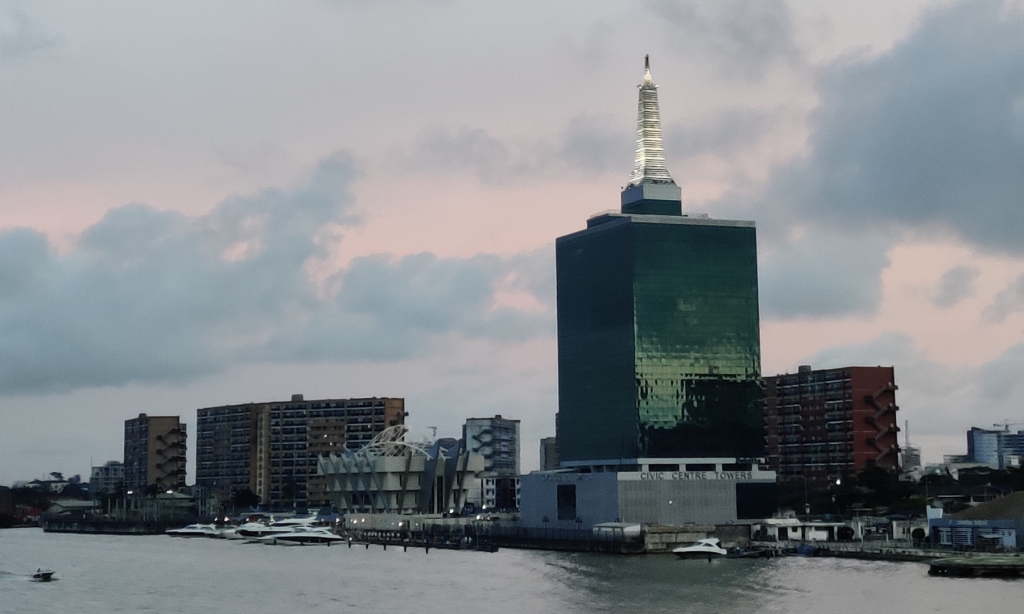
After Oza and Asaramatoru, Decklar considers entry into Emohua Marginal Field
Decklar Resources has announced it has entered into a non-binding letter of intent to purchase all of the issued and outstanding shares of Wesfield Exploration and Production. Westfield E&P is the Nigerian entity that holds a Risk Finance and Technical Services Agreement (RFTSA) with Erebiina Energy Resources, the recent winner of the Emohua Marginal Field […]
Read more »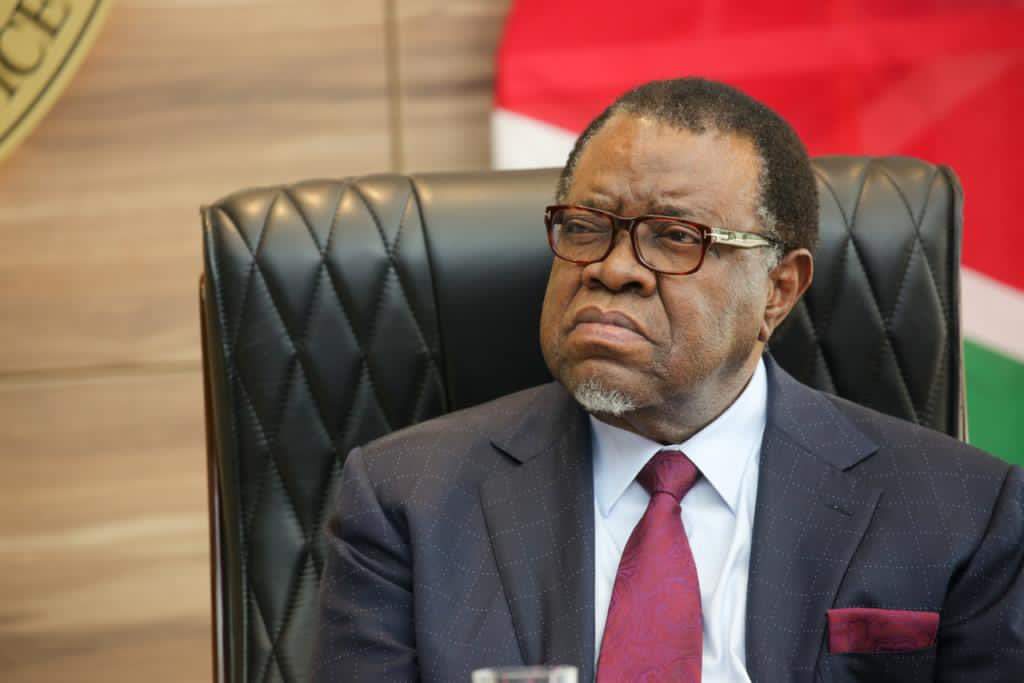
Namibia is poised to become the renewable energy hub of Africa
by Hage G. Geingob, President of Namibia, Office of the President of Namibia for the World Economic Forum Namibia launched its Second Harambee Prosperity Plan (HPPII) in March 2021. The country is on course to develop a green and blue economy as articulated under the economic advancement pillar of the plan. By electrifying key parts […]
Read more »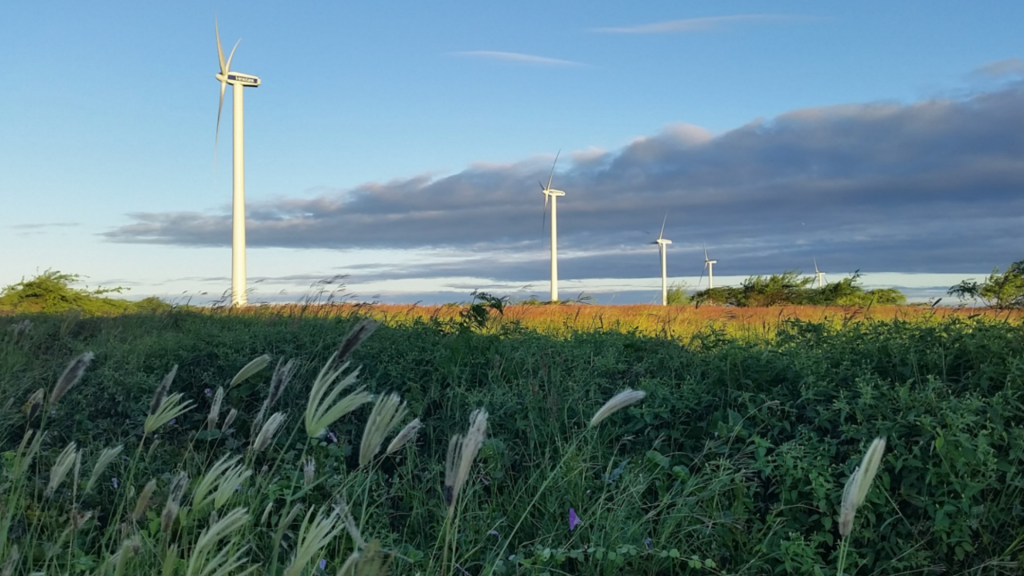
A.P. Moller Capital has acquired 44% of Cabeólica from the Africa Finance Corporation
Through the Africa Infrastructure Fund, A.P. Moller Capital has just acquired a 44% stake in Cabeólica S.A., which runs four wind farms on the islands of Santiago (9.35MW), São Vicente (5.95MW), Sal (7.65 MW) and Boa Vista (2.55 MW) in Cabo Verde. The stake was acquired from the Africa Finance Corporation (AFC), who has been […]
Read more »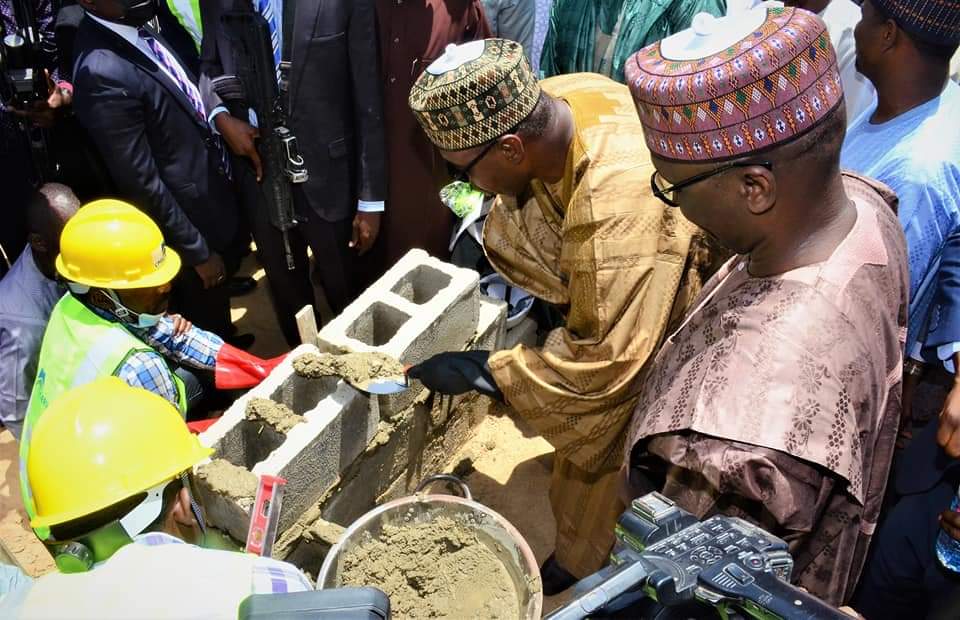
Nigeria’s NNPC has broken ground on 50 MW emergency power project in Borno State
A groundbreaking ceremony was held over the weekend for the 50 MW Maiduguri & Environs Emergency Power Project (MEPP), in presence of Borno State Governor, Prof. Babagana Umara Zulum and the NNPC Group Managing Director Mallam Mele Kyari. The contract for the project had been signed last month with the China Machinery and Engineering Corporation […]
Read more »
TotalEnergies officially delays opening of Mozambique LNG to 2026
TotalEnergies has delayed the commissioning and first gas at its $20bn Mozambique LNG project from 2024 to 2026 following the declaration of Force Majeure earlier this year. The 12.88 million tonnes per annum (mtpa) onshore terminal reached FID in 2019 and was under-construction when the Islamist insurgency in Cabo Delgado in the north of Mozambique […]
Read more »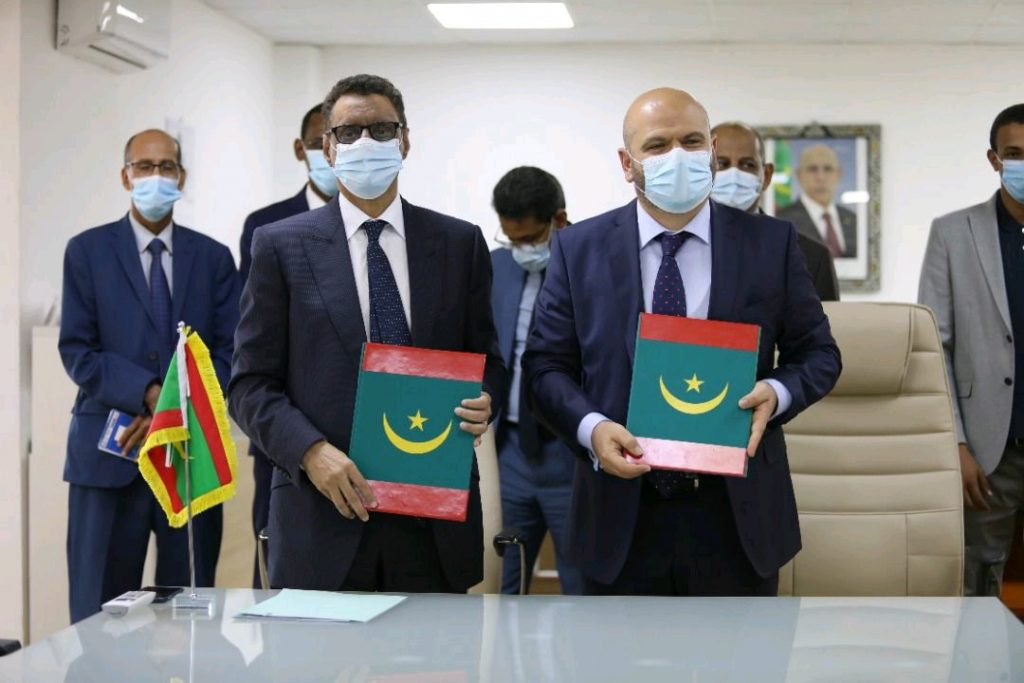
Chariot to work on setting up a 10 GW green hydrogen development in Mauritania
Earlier today, Chariot signed a memorandum of understanding (MoU) with the Mauritanian Ministry of Petroleum, Mines & Energy to progress Project Nour, a potential green hydrogen development of up to 10 GW. Under the MoU, Project Nour has been given exclusivity over 14,400km2 of onshore and offshore area where pre-feasibility and feasibility studies will be […]
Read more »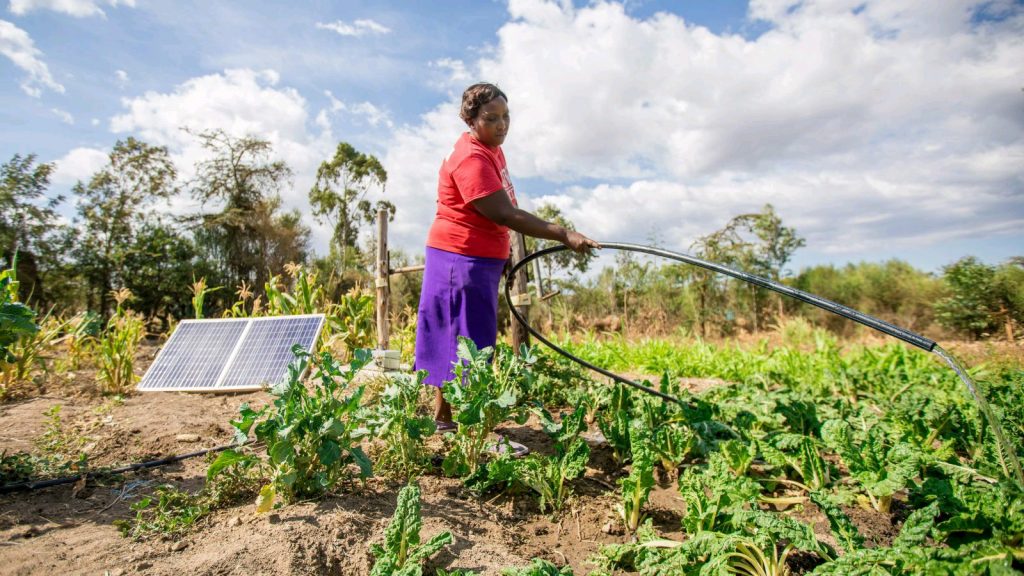
IsDB allocates $20 million for Togo’s rural electrification
During its 342nd period meeting under the chairmanship of H.E. Dr. Muhammad Al Jasser on Sunday, the Islamic Development Bank has approved $20.15 million for a rural electrification project based on mini solar power plants in Togo. In addition, the IsDB announced that its Lives and Livelihoods Fund provided $10.85m to improve the level of […]
Read more »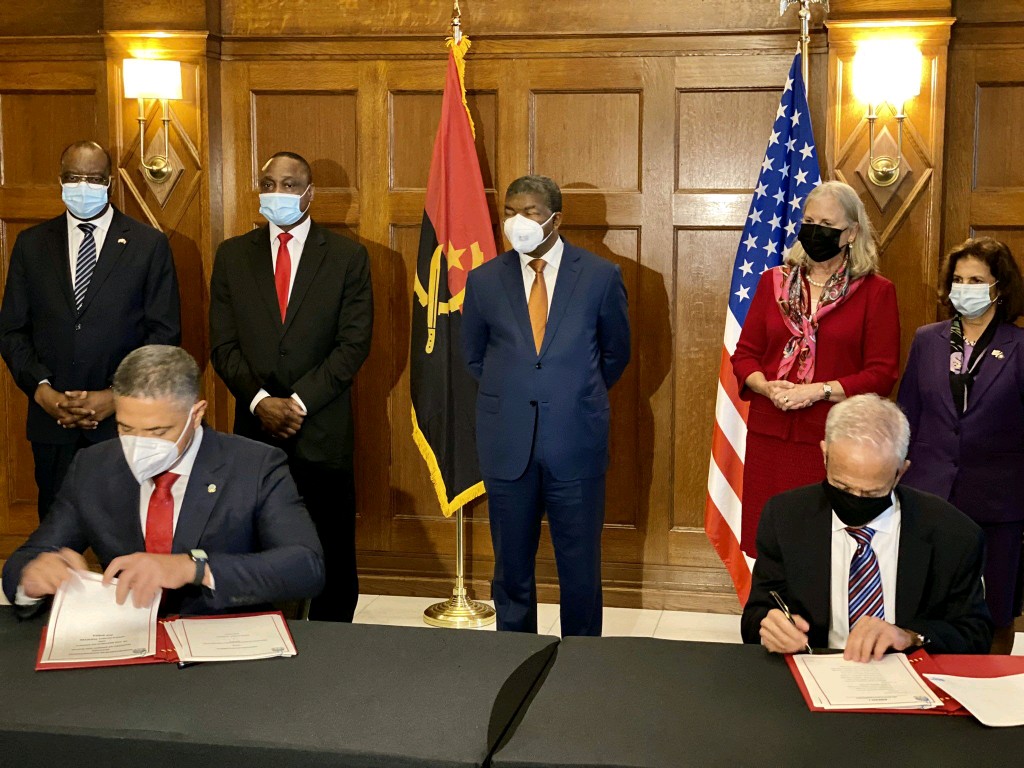
Sun Africa is mobilising over $2 bn for Angola’s solar industry
Earlier this year, the consortium of Sun Africa, MCA Solar Angola and Hitachi ABB Power Grids broke ground on 370 MW of solar PV projects in Angola. These are split across seven different facilities now under-construction, including the 188.88 MWdc Biopioa solar plant and the 96.70 MWdc Benguela solar plant. These are developed under a […]
Read more »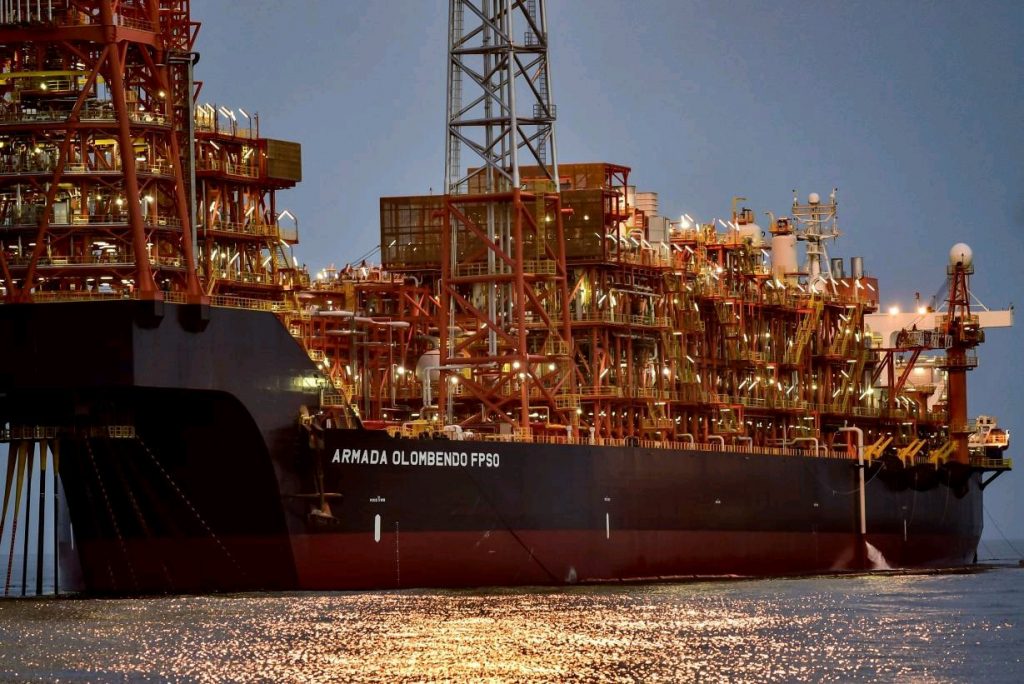
Eni puts Cabaça North on stream on Block 15/06 offshore Angola
Following Cuica in July this year, Eni has now achieved first oil from Cabaça North on Block 15/06 offshore Angola. Both fields are tied back to the Olombendo FPSO commissioned back in 2017 to initially develop the Cabaça Southeast and Cabaça Central UM8 fields on the license’s East hub. While Cabaça North was always going […]
Read more »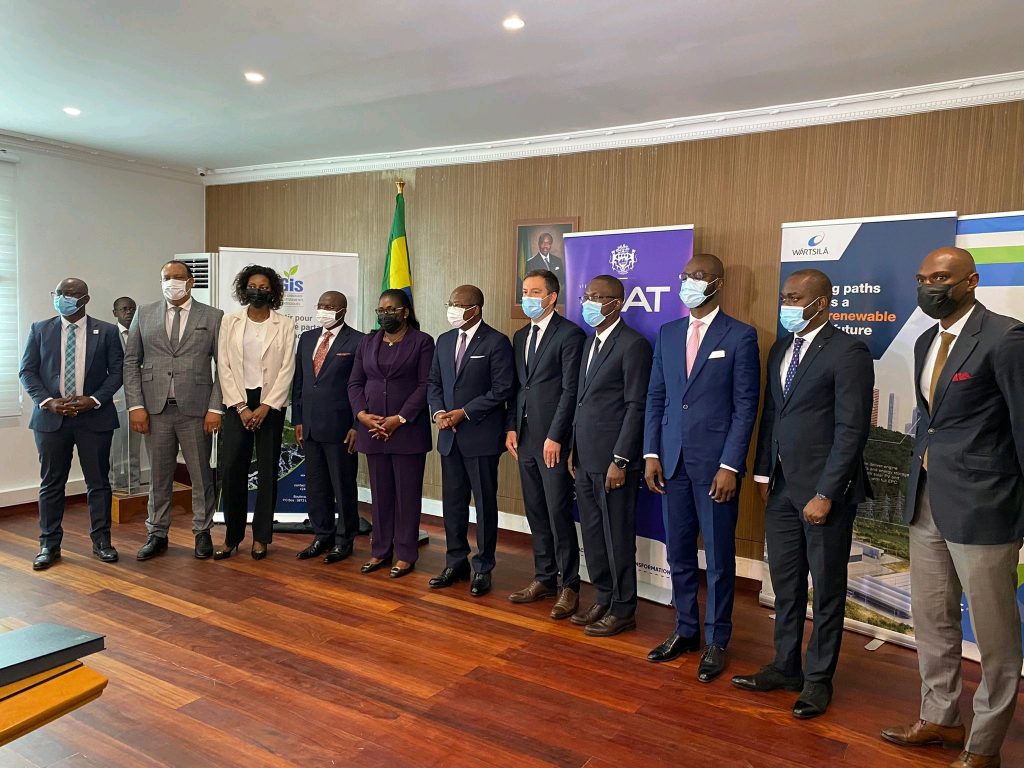
Gabon signs Concession Agreement for new 120 MW gas-to-power plant
Yesterday, the Gabon Power Company (GPC) signed a landmark Concession Agreement with Wärtsilä for the development, supply, construction, operation and maintenance of a new 120 MW gas-to-power project in Owendo, next to the capital city of Libreville. Wärtsilä will jointly lead the project with the GPC, a subsidiary of Gabon’s sovereign wealth fund FGIS via […]
Read more »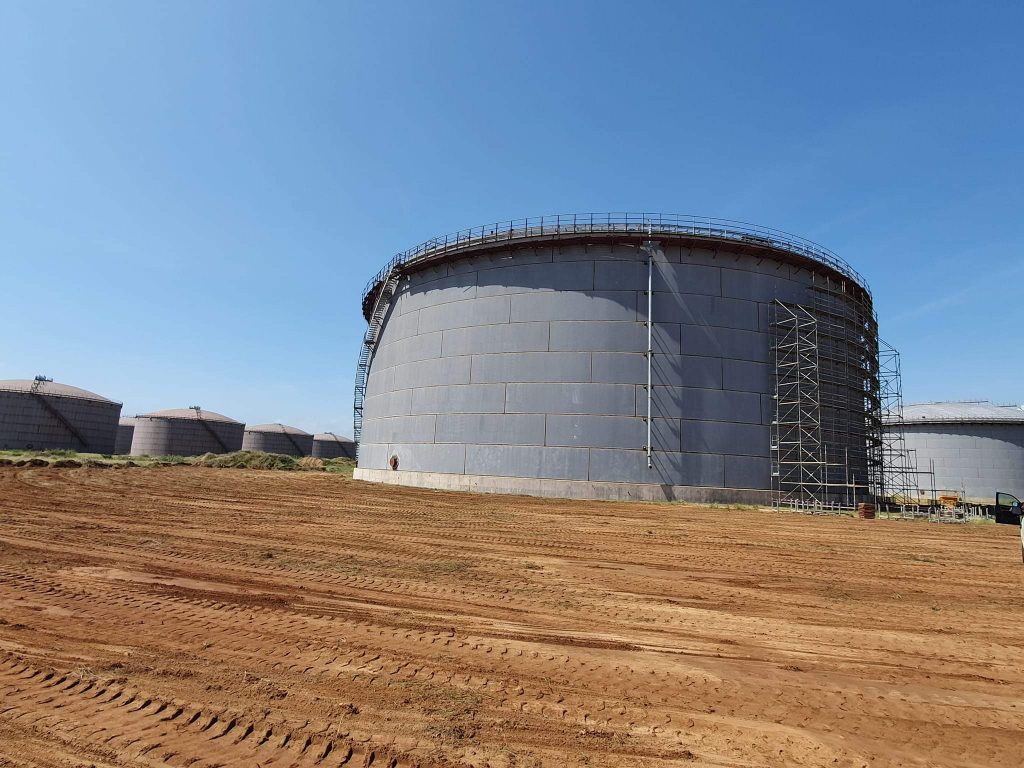
Angola lays first stone for new Barra do Dande Ocean Terminal
Yesterday, Sonangol has officially laid the foundation stone for its landmark Barra do Dande Ocean Terminal (Terminal Oceânico da Barra de Dande, TOBD) in the Bengo Province north of Luanda. The infrastructure project has been in the making since 2013 but delayed several times by years of recession since 2016. It represents a massive step […]
Read more »
President Buhari directs incorporation of NNPC Ltd and appoints its board
Before his departure to New York for the U.N. General Assembly on Sunday, President Muhammadu Buhari, in his capacity as Minister of Petroleum Resources, has directed the incorporation of the Nigerian National Petroleum Company (NNPC) Limited. This is in consonance with Section 53(1) of Nigeria’s newly signed Petroleum Industry Act 2021, which requires the Minister […]
Read more »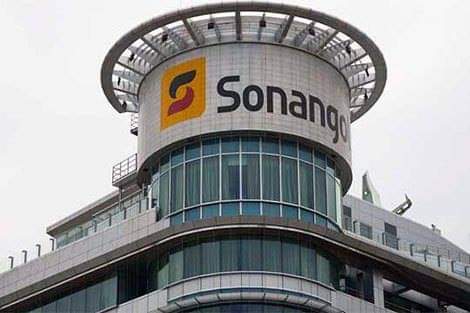
Sonangol posts $4bn loss for 2020
Angola’s national oil company Sonangol has posted a net loss of Kz 2,383,978,740,444, or the equivalent of $4.1bn for 2020. The crash of oil prices last year along with Sonangol’s impairments were the major reasons behind losses last year. The company continues to be involved in a major restructuring and divestment effort in order to […]
Read more »
Africa Oil sets new plateau target for $3.4bn Project Oil Kenya – seeks partner prior to FID
Canadian junior African Oil Corp. has announced today a new production plateau of 120,000 barrels of oil per day (bopd) from Blocks 10BB and 13T onshore Kenya, up from the previous estimate of 100,000 bopd. Both licenses are located within the South Lokichar basin and are known as Project Oil Kenya, which Africa Oil Corp. […]
Read more »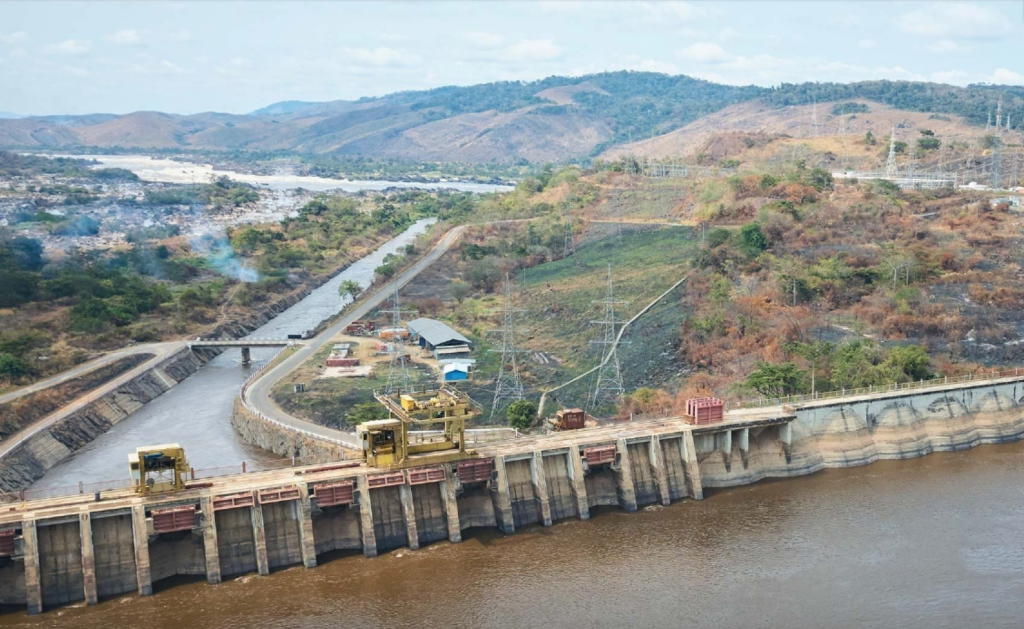
Why wind and solar would offer the DRC and South Africa better energy deals than Inga 3
by Grace C. WU, Smith Conservation Fellow, University of California Santa Barbara and Ranjit Deshmukh, Assistant Professor in the Environmental Studies, University of California Santa Barbara Seven years ago the Democratic Republic of Congo (DRC) proposed the Inga 3 – a 4.8GW hydropower project on the Congo River – with great fanfare. Third in a series […]
Read more »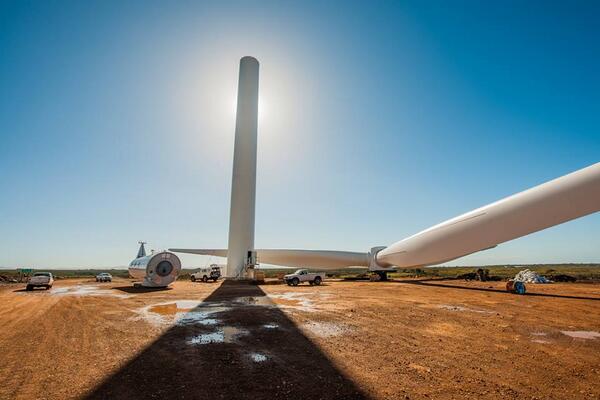
Globeleq completes ZAR 5.2bn refinancing for 238 MW in South Africa
Globeleq has announced the completion of a ZAR 5.2 billion debt financing package for three of its renewable energy facilities in South Africa: the 138 MW Jeffreys Bay Wind Farm, and the 50 MW De Aar Solar and 50 MW Droogfontein Solar plants. The transaction falls under the Department of Mineral Resources and Energy’s (DMRE) […]
Read more »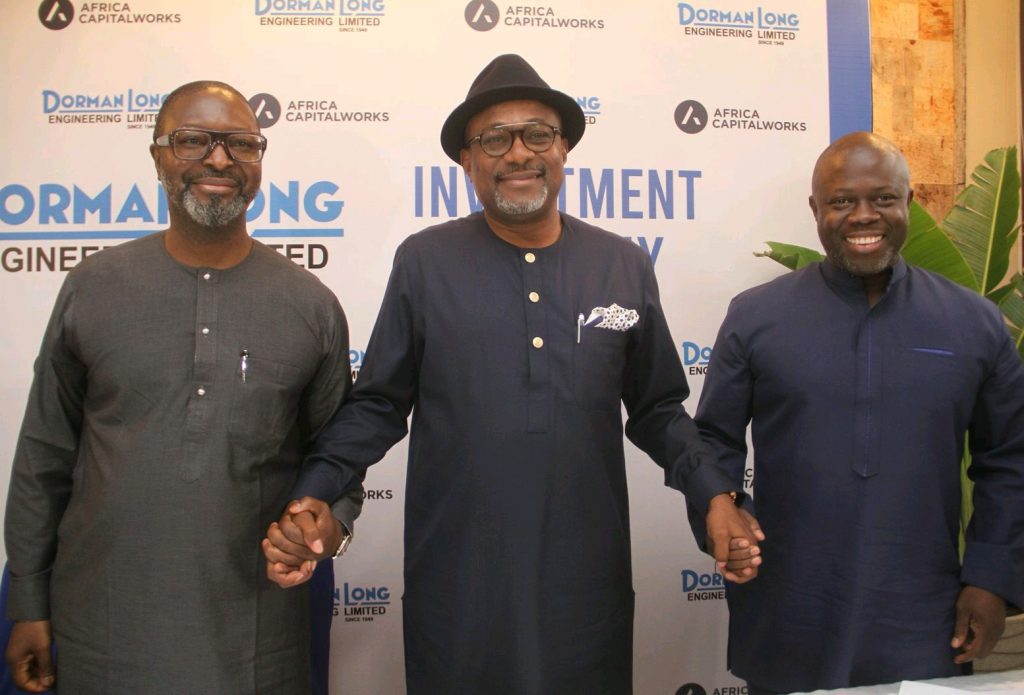
Dorman Long Engineering eyes expansion after equity investment from Africa Capitalworks
Dorman Long Engineering, one of Nigeria’s leading oilfields equipment, structural steel, marine structures engineering and fabrication company has just secured a significant investment from Africa Capitalworks to support its expansion. Established in Nigeria back in 1949, Dorman Long Engineering has grown to be one of Nigeria’s leading industrial and infrastructure development players, notably by servicing […]
Read more »
Dhirubhai-1 FPSO likely contender for redeployment on Pecan field offshore Ghana
Ocean Yield’s Dhirubhai-1 FPSO, which had been contracted by Reliance Industries offshore India from September 2008 to September 2018, is the likely contender to be redeployed offshore Ghana for the development of the Deepwater Tano Cape Three Points block where lies the Pecan field. The vessel was converted in 2008 and has a oil production […]
Read more »
TechnipFMC sees $3bn of subsea opportunities in Africa within 24 months
TechnipFMC sees subsea opportunities across Nigeria and Angola totaling between $3bn and $5bn within the next 24 months, the company said during its Q2 2021 earnings conference call.The subsea market in the region will be heavily driven by TotalEnergies’ projects in Angola. These notably include the development of the Begonia (Block 17/06) and Cameia (Block […]
Read more »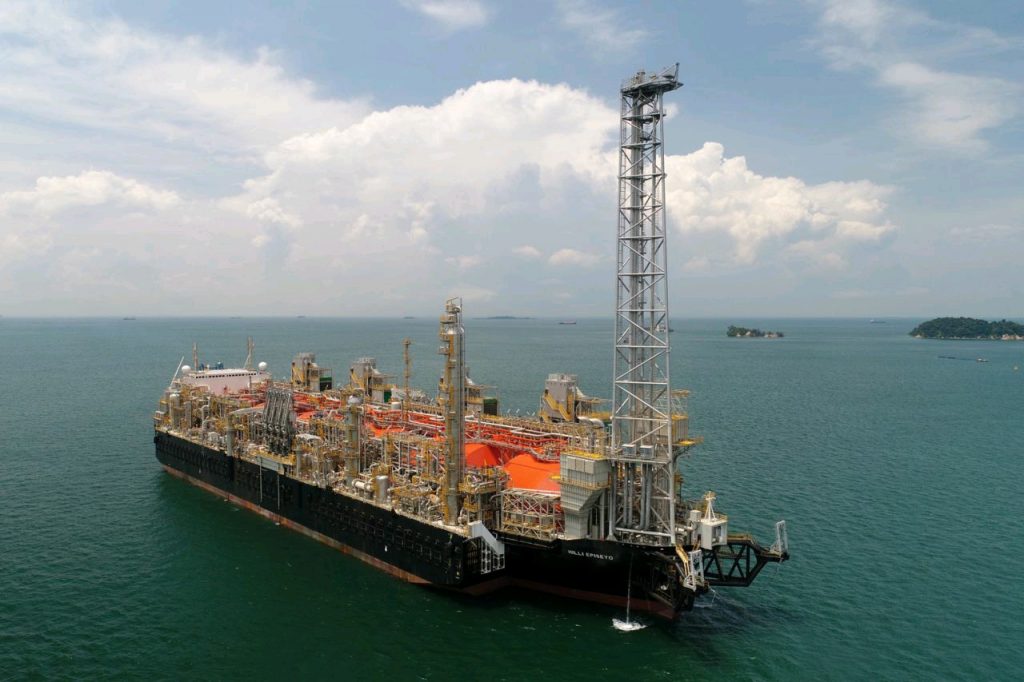
FLNG Hilli Episeyo to increase utilisation by 200,000 tons in 2022
Partners on the 2.4 million tonnes per annum (mtpa) Hilli Episeyo floating LNG export terminal offshore Cameroon have agreed to expand capacity utilization by 200,000 tonnes in 2022 and possibly by another 400,000 tonnes from 2023. The project involves national oil company SNH, independent upstream operator Perenco and global LNG infrastructure operator Golar LNG. The […]
Read more »
BW Energy’s discovery at Hibiscus North proves smaller than expected
Following the disappointing results of its Hibiscus Extension (DHIBM-2) well on the Dussafu Marin permit earlier this year, BW Energy has discovered oil at Hibiscus North via the DHBNM-1 exploration well. The well had a geological analogue to the Ruche Field, where the Gamba structure was the primary target, and had estimated potential reserves of […]
Read more »